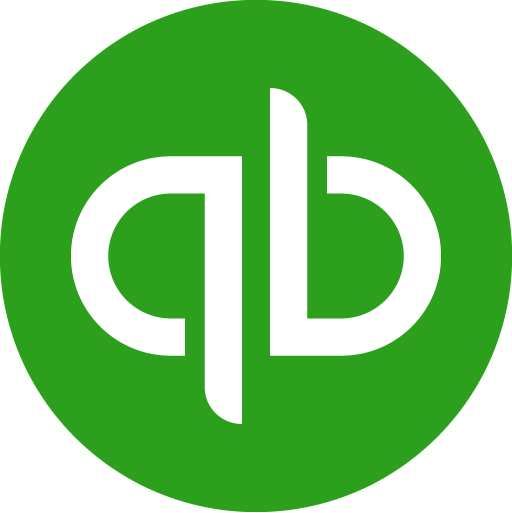The term quick assets refers to balance sheet accounts that can be monetized quickly in the event of a liquidity crisis. These are also called current assets or cash and marketable securities because they can be quickly turned into cash and used for day-to-day expenses or other short-term needs.
A company that is facing a liquidity crisis could run out of cash if it doesn’t take any measures to address the problem. Therefore, companies should monitor their cash reserves regularly and maintain sufficient levels at all times.
Quick assets are non-current assets that can be sold within one year from the balance sheet date. They provide a company with a safety net in case of a financial emergency by reducing its working capital requirements.
This guide will explain the concept of quick assets in more detail and provide some examples, as well as a formula that you can use to calculate quick assets.
What are Quick Assets?
Quick assets can be defined as those non-current assets that can be liquidated within one year, which means they can be sold quickly. This includes cash and marketable securities (stocks and bonds), any inventory that can be sold quickly, and any accounts receivable that can be collected within one year.
Quick assets can be used to meet short-term expenses such as payroll, taxes, and other expenses that have to be paid regularly. A company with sufficient quick assets on its balance sheet is less likely to face a liquidity crisis. Therefore, it is very important to monitor quick assets regularly and to maintain sufficient levels at all times.
What are Examples of Quick Assets?
There are many different assets that can be classified as quick assets. Cash on hand is the most obvious example. Marketable securities such as stocks, bonds, and treasury bills are also considered quick assets because they can be sold quickly.
Inventory that can be sold quickly is also a good example of quick assets, such as finished goods or raw materials that have been purchased to be used in production. Accounts receivable are monies owed to a company from the customers and can also be considered as quick assets because they can be collected within a year.
How to Calculate Quicks Assets
Quick assets are easy to calculate for most businesses. But before you can use the quick assets formula, you need to know a few things. First and foremost, you need to understand that the value of your assets is comprised of two parts: short-term assets and long-term assets.
Short-term assets are things that you need to keep running now, like computers and office supplies. Long-term assets are things that you could sell if you had to, like furniture. To calculate short-term assets, multiply the current purchases on your receipts by the estimated holding costs. To calculate long-term assets, add up all the items that you expect to be able to sell in the future.
Once you have calculated your long-term assets, you are ready to use the quick assets formula: Quick Assets = Long-Term Assets – Current Liabilities. Remember, you never want to liquidate your short-term assets because you need them to continue operating your business. Long-term assets, on the other hand, are nice to have but are not vital and can be replaced again in the future when cash flow levels out.
Summary
Quicks assets are non-current assets that can be sold within one year from the balance sheet date. They provide a company with a safety net in case of a financial emergency by reducing its working capital requirements. A company that is facing a liquidity crisis could run out of cash if it doesn’t take any measures to address the problem.
Therefore, companies should monitor their cash reserves regularly and maintain sufficient levels at all times. In the event of a financial emergency, quick assets can be liquidated to help generate the cash needed to fund the operation of the business until the company has solved its cash crisis.
Recommendation
Business accounting can be confusing and stressful at the best of times. Fortunately, there are some great tools on the market that can help make accounting easier. One of the best financial accounting platforms is LiveFlow.
With easy-to-use templates and many great features that automate the most complicated accounting processes, LiveFlow can take the stress out of small business bookkeeping. You can even try LiveFlow for free with a 30-minute demo, so be sure to try LiveFlow today.




.png)





